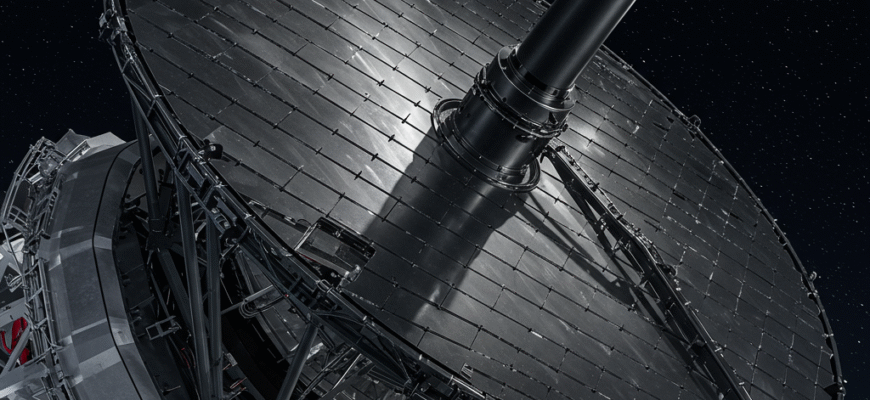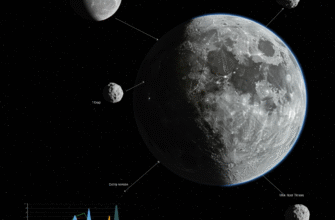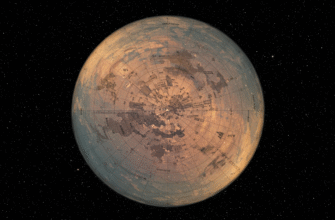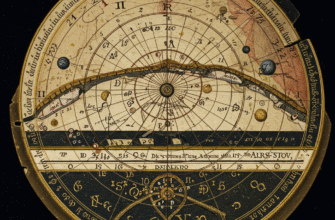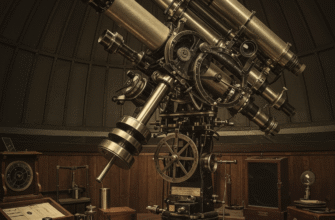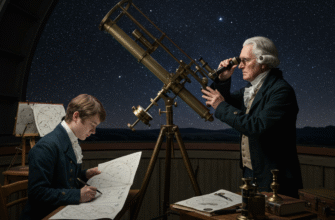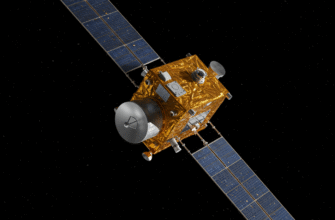The Thirty Meter Telescope, or TMT, represents one of humanity’s most ambitious astronomical endeavors. It’s a project that promises to revolutionize our understanding of the universe, peering deeper into space and further back in time than ever before. With a primary mirror spanning an incredible thirty meters in diameter, this next-generation observatory is designed to be a cornerstone of twenty-first-century astronomy, offering unparalleled sensitivity and resolution. However, such a colossal undertaking is fraught with complexities, ranging from groundbreaking technological hurdles to profound societal and cultural considerations.
Unveiling the Cosmos: TMT’s Scientific Ambitions
The scientific promise of the Thirty Meter Telescope is vast, touching upon nearly every facet of modern astrophysics. Its sheer light-collecting power and sharp vision are poised to unlock secrets that have long eluded smaller instruments. Astronomers anticipate a flood of discoveries, fundamentally altering our cosmic perspective.
Peering into Cosmic Dawn
One of the most tantalizing prospects is the TMT’s ability to study the very early universe. Scientists hope to observe the “Cosmic Dawn,” the era when the first stars and galaxies ignited, ending the cosmic dark ages. These primordial objects are incredibly distant and faint, their light stretched to longer wavelengths by the expansion of the universe. The TMT’s sensitivity, particularly in the infrared spectrum, will be crucial for detecting these first flickers of light, offering insights into how the universe became reionized and how the large-scale structures we see today began to form. Understanding these initial phases is key to piecing together the complete history of cosmic evolution.
The Quest for Other Worlds
The search for planets beyond our solar system, exoplanets, has become a major focus of astronomy, and the TMT is expected to make significant contributions. While current telescopes can detect exoplanets, characterizing their atmospheres remains a significant challenge. The TMT’s high resolution and advanced instrumentation, including adaptive optics to correct for atmospheric blurring, will enable detailed spectroscopic analysis of exoplanet atmospheres. This could reveal the presence of various molecules, potentially including biosignatures – chemical indicators of life – on Earth-like planets orbiting nearby stars. It will also help astronomers understand the diversity of planetary systems and the conditions under which habitable worlds might form.
Galaxies and Their Central Enigmas
Galaxies, the vast islands of stars, gas, and dust, hold many mysteries, particularly concerning their formation, evolution, and the supermassive black holes (SMBHs) that lurk at their centers. The TMT will allow astronomers to study distant galaxies in unprecedented detail, tracing their growth over cosmic time. It will also provide a sharper view of the regions surrounding SMBHs, including the one at the heart of our own Milky Way, Sagittarius A*. By observing stars orbiting these gravitational behemoths and the accretion of matter onto them, scientists aim to test the limits of Einstein’s theory of general relativity and understand the co-evolution of galaxies and their central black holes. Did the black holes form first, or did the galaxies? The TMT hopes to provide clearer answers.
The Thirty Meter Telescope is an international partnership involving institutions from the USA, Canada, China, India, and Japan. Its design features a 30-meter diameter primary mirror, composed of 492 individual hexagonal segments. This immense collecting area will provide astronomers with an angular resolution more than 12 times sharper than the Hubble Space Telescope at similar wavelengths, opening new windows onto the universe. This enhanced capability is pivotal for achieving its ambitious science goals.
Charting Our Cosmic Neighborhood and Beyond
Beyond these grand themes, the TMT’s capabilities will benefit a wide array of astronomical investigations. Its key science objectives also include:
- Dark Matter and Dark Energy: Investigating the nature of these mysterious components that dominate the universe’s mass-energy budget, through observations of gravitational lensing and the distribution of galaxies.
- Star and Planet Formation: Zooming into stellar nurseries and protoplanetary disks to witness the birth of stars and planetary systems with unmatched clarity.
- Solar System Objects: Studying objects within our own solar system, from distant Kuiper Belt Objects to the atmospheres of outer planets and their moons, providing new insights into its formation and evolution.
The telescope’s versatility will ensure it remains a vital tool for discovery across diverse astronomical fields for decades to come.
Overcoming Hurdles: The TMT’s Journey
The path to constructing and operating a facility as advanced as the Thirty Meter Telescope is anything but smooth. The project has faced, and continues to navigate, a series of formidable challenges that span technical, financial, and socio-cultural domains.
The Mauna Kea Question: A Complex Intersection
Perhaps the most significant and publicly visible challenge has been the selection of its primary site atop Mauna Kea in Hawaiʻi. While Mauna Kea offers some of the best atmospheric conditions on Earth for astronomical observation – high altitude, dry air, and minimal light pollution – it is also a mountain held sacred by many Native Hawaiians. Opposition from segments of the Native Hawaiian community and environmental activists, citing cultural and spiritual significance, as well as environmental concerns, has led to protests, legal battles, and significant delays in construction. This has forced the TMT International Observatory (TIO) board to also consider an alternative site, the Observatorio del Roque de los Muchachos (ORM) in La Palma, Canary Islands, Spain.
The situation is deeply complex, involving issues of indigenous rights, scientific progress, and land use. Finding a resolution that respects all perspectives while allowing the project to move forward remains a critical hurdle. The delays have had a cascading effect on the project’s timeline and costs, and the final outcome regarding the site is still a subject of ongoing processes and discussions.
Engineering Marvels and Their Demands
From a purely technical standpoint, building the TMT is an extraordinary feat of engineering. The 30-meter primary mirror is too large to be made from a single piece of glass. Instead, it will consist of 492 actively controlled hexagonal segments, each about 1.44 meters wide. These segments must be aligned and maintained with nanometer precision to function as a single, coherent reflective surface. This requires a sophisticated system of sensors and actuators, constantly adjusting the mirror segments to compensate for gravity, temperature changes, and wind.
Furthermore, to achieve its full potential, the TMT will rely heavily on advanced adaptive optics (AO) systems. These systems use deformable mirrors and laser guide stars to correct for the blurring effects of Earth’s atmosphere in real-time, producing images nearly as sharp as if the telescope were in space. Developing and integrating these complex AO systems, such as the Narrow-Field InfraRed Adaptive Optics System (NFIRAOS), represents a major engineering challenge in itself.
Global Partnership and Project Management
The TMT is an international collaboration, with partner institutions and funding agencies from the United States, Canada, Japan, China, and India. Managing such a large-scale, multinational project brings its own set of challenges. These include coordinating contributions from different countries, managing a multi-billion dollar budget, and ensuring seamless integration of components built by various international teams. Effective communication, standardized engineering practices, and robust project management are essential to keep the endeavor on track, especially in the face of unforeseen delays and rising costs.
The intricate web of international agreements and funding commitments must remain stable over the many years it takes to design, build, and commission the telescope. Any significant shift in one partner’s contribution can have ripple effects throughout the project.
Despite the formidable challenges, the scientific allure of the Thirty Meter Telescope remains incredibly strong. The potential for groundbreaking discoveries drives the dedicated teams of scientists, engineers, and administrators to persevere. If and when it sees first light, the TMT will undoubtedly usher in a new era of astronomical exploration, offering humanity a deeper, clearer, and more profound view of our place in the vast cosmic tapestry. The journey is arduous, but the destination – a clearer understanding of the universe – continues to inspire the global astronomical community.

